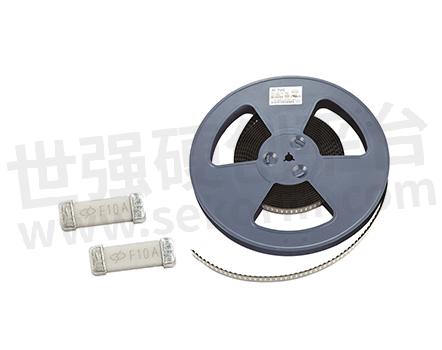Guide to Current Fuse Selection


Selecting the appropriate current fuse is crucial for the safety and efficient operation of an electrical system. Firstly, one must consider the rated current of the circuit. The rated current of the fuse should be slightly higher than the normal operating current of the circuit. For example, if a circuit typically operates at 5 amperes, a fuse with a rated current of around 5 - 7 amperes might be suitable. However, it should not be too high, as this may lead to a situation where the fuse does not blow when it should during an overload or short-circuit.
Secondly, the voltage rating of the fuse needs to match the circuit voltage. Using a fuse with a lower voltage rating than the circuit can be dangerous, as it may not be able to handle the electrical stress when the circuit is operating.
The type of application also affects the fuse selection. For example, in a circuit with high inrush currents, such as those in some motor-starting circuits, a slow-blow fuse may be required. Slow-blow fuses can tolerate short-term high-current surges without blowing immediately.
Another factor is the ambient temperature. In a high - temperature environment, the fuse may operate differently. The current - carrying capacity of the fuse may decrease as the temperature rises. So, in such cases, appropriate derating of the fuse's current - carrying capacity should be considered.
Finally, the physical size and packaging of the fuse may also be important, depending on the available space in the circuit or device where it will be installed.
- +1 Like
- Add to Favorites
Recommend
- Several Factors Influence the Lifetime of Current Fuses
- Calculation Method for Melt Current of Fuse Fuses
- Temperature Characteristics of Current Fuses
- Selection of Current Fuses in Automotive Circuits
- The Role of Current Fuses in Smart Meters
- The Installation Precautions for Current Fuses
- The Difference between Fuses and Fuses
- How to Understand the Holding Current and Triggering Current of Fuses
This document is provided by Sekorm Platform for VIP exclusive service. The copyright is owned by Sekorm. Without authorization, any medias, websites or individual are not allowed to reprint. When authorizing the reprint, the link of www.sekorm.com must be indicated.


















































































































































































































































































































































































































































































































































































































































































































































































































































































































































